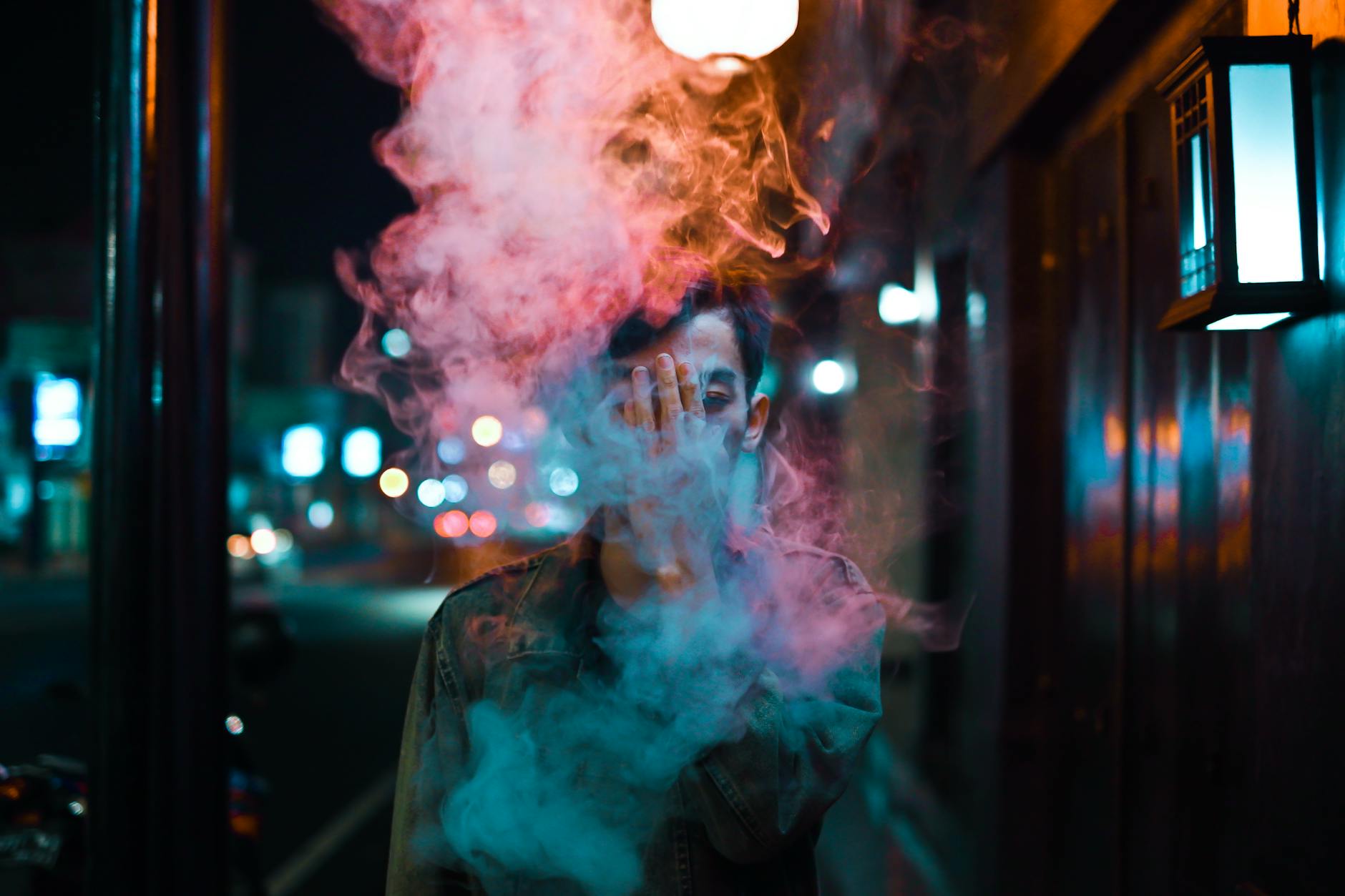In any artistic medium, there are creators who attempt to go beyond the superficial conventions, reaching further into the ether, to mesh the observers’ reality with an alternate frame of understanding. A particularly fascinating realm of this phenomenon is the inclusion of psychedelic art in film and animation. Through employing a combination of surreal visuals, illusion, animated films, and mind-bending storytelling, these creators weave intoxicating tapestries that invite audiences into altered states of reality, often unprecedented; birthing different universes only seen in dreams.
This genre got started in the 1960s and 1970s when countercultural movements across the world led artists and filmmakers to explore new forms of expression. Artists began employing experimental film techniques to depict themes of consciousness expansion, spiritual transcendence, and the exploration of the nature of existence often supplementing the medium with psychedelic substances.
A standout animated film from this period was “Yellow Submarine,” a 1968 film inspired by the music of The Beatles. The film’s animation style and surreal visuals were heavily influenced by psychedelia (source). Infused with wild, colorful, kaleidoscopic artwork, and bizarre, dream-like sequences, “Yellow Submarine” defined a whole new avenue of animation that shattered mundane visual norms in mainstream cinema.
More recent animated films like Richard Linklater’s “Waking Life” (2001) and “A Scanner Darkly” (2006) use rotoscoping, an animation technique that involves tracing over live-action footage, frame by frame, to give the film a surreal, dreamy aesthetic which further blends the lines of reality and illusion. Such advanced animation methods blur the boundary between animation and live-action, enhancing the visual effects to create a sharp and refined version of psychedelic art.
The experimental film “Enter the Void” (2009), directed by Gaspar Noé, takes the viewers into a psychedelic trip by employing groundbreaking visual effects and computer-generated imagery. The film manifests an immersive, first-person perspective of an explicit drug journey, with the filmmaker coalescing both multitude of optical illusions and altered states of consciousness (source).
It’s important to note that the psychedelic art movement in film and animation is not solely hinged on drug-induced experiences. Many artists within this space are merely inspired by the concepts of mind-bending storytelling, illusion, and altering one’s perception of reality. Directors like David Lynch, with his cryptic narratives and surreal visuals, showcase how psychological and philosophical narratives can be a central theme in such creations.
In conclusion, psychedelic art in film and animation is a significant genre that extends beyond mere visual flamboyance. It invites individuals to rethink and reimagine the reality that they know, encouraging them to perceive the world with fresh, unbounded insights. By utilizing techniques such as surreal visuals, optical illusions, and mind-bending storytelling, these films and animations open up portals into unexplored, dream-like dimensions.
While grounded in the historic counterculture movement, the genre continues to evolve, with current creators embracing new animation techniques and visual effects that aid in the construction of their distinctive, experimental films. As they continue to blur the boundaries between the real and the illusory, they offer viewers a fantastical escape into captivating, altered states of reality source.
With society’s increasing acceptance of diverse experiences and realms, it is conceivable that this genre will continue to grow and permeate the mainstream film and animation industry. As it does, it will steadily dismantle traditional artistic limitations and continually challenge the viewers’ perception of reality — one mind-bending, surreal visual at a time.




